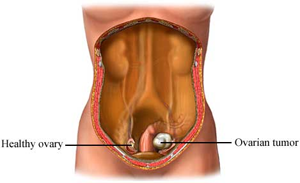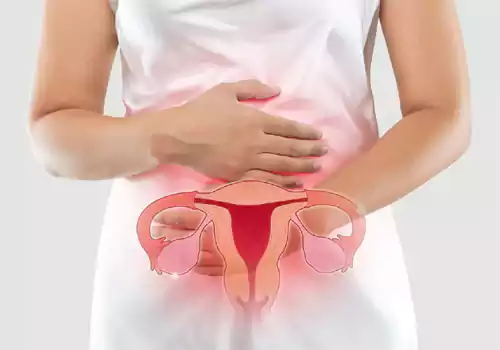Ovary removal to prevent Cancer

Ever wondered why actress Angelina Jolie generated headlines last year when she had her healthy breasts removed? It was to reduce her cancer risk. The new study suggests the surgery, called an oophorectomy, should be timed differently for the different genes. Ovarian cancer is particularly deadly, and there is no good way to detect it early like there is for breast cancer. So for years, doctors have advised BRCA carriers to have their ovaries removed between the ages of 35 and 40, or when women are finished having children.
For women who carry the notorious BRCA cancer gene, surgery to remove healthy ovaries is one of the most protective steps they can take. New research suggests some may benefit most from having the operation as young as 35. Women who inherit either of two faulty BRCA genes are at much higher risk of developing breast and ovarian cancer than other women, and at younger ages. For women who carry the higher-risk BRCA1, the chance of already having ovarian cancer rose from 1.5 percent at age 35 to 4 percent at age 40, said lead researcher Dr. Steven Narod of the University of Toronto. After that, the risk jumped to 14 percent by age 50.
The study is the largest and is yet to show the power of preventive ovarian surgery for those women. The surgery not only lowers their chances of getting either ovarian cancer it also lowers the risk of breast cancer. The study estimated it also can reduce women's risk of death before age 70 by 77 percent. Interestingly, removing the ovaries can reduce the risk of breast cancer as well by affecting hormone levels in the body - and the surgery increased women's chances of survival even if they already had developed breast cancer. Since many women have babies during their late 30s, and ovary removal sends women into early menopause that can increase their risk of bone-thinning osteoporosis or heart disease later on. But this shouldn’t be a deterrent to get yourself checked and avoid the risk of cancer.




